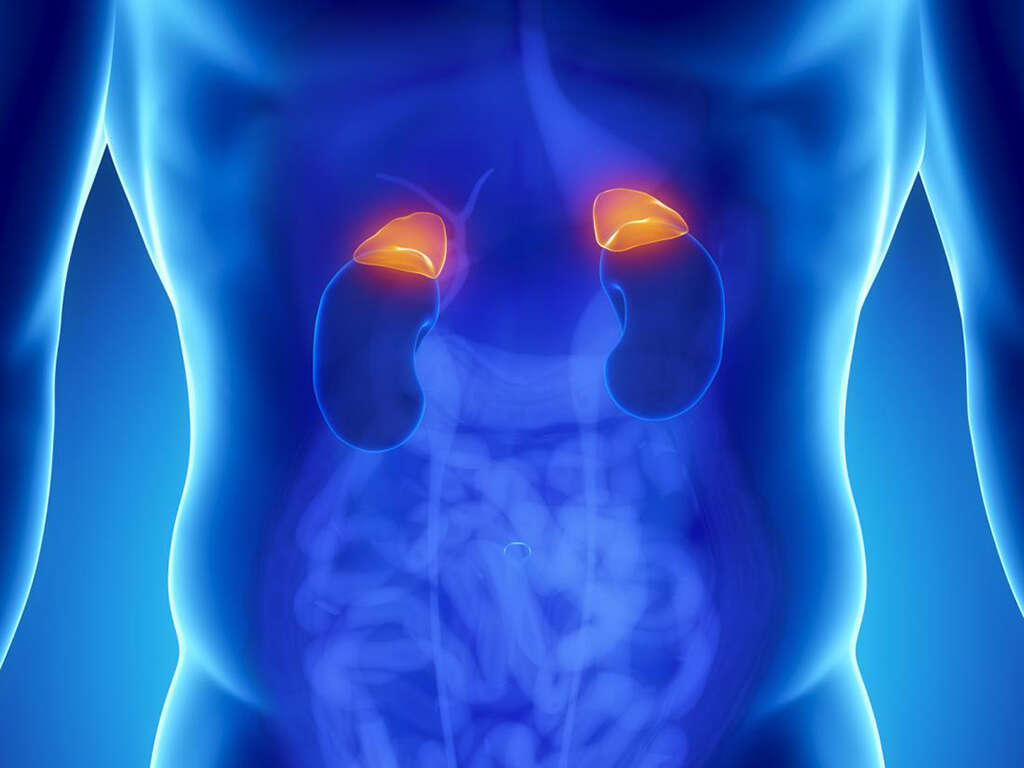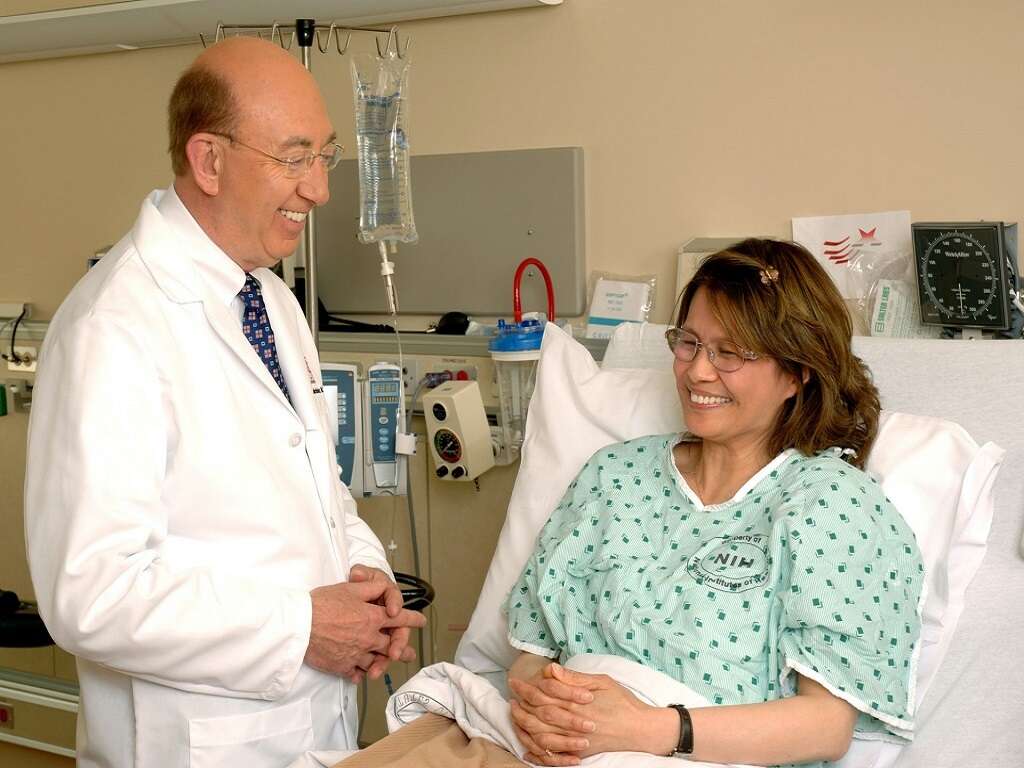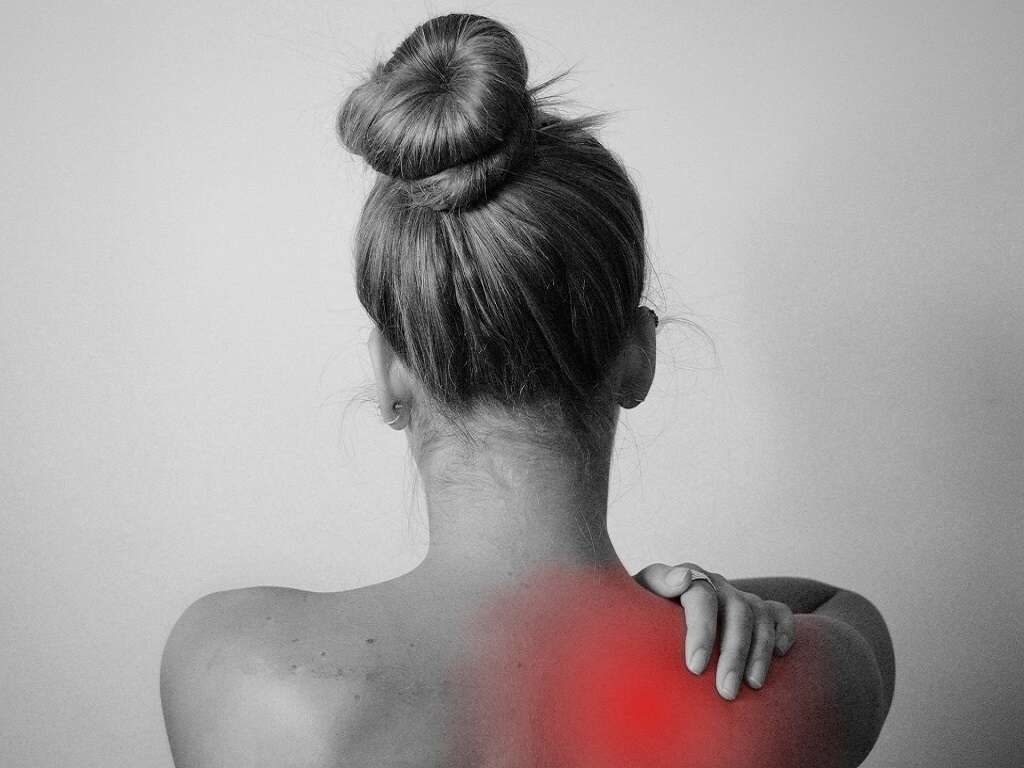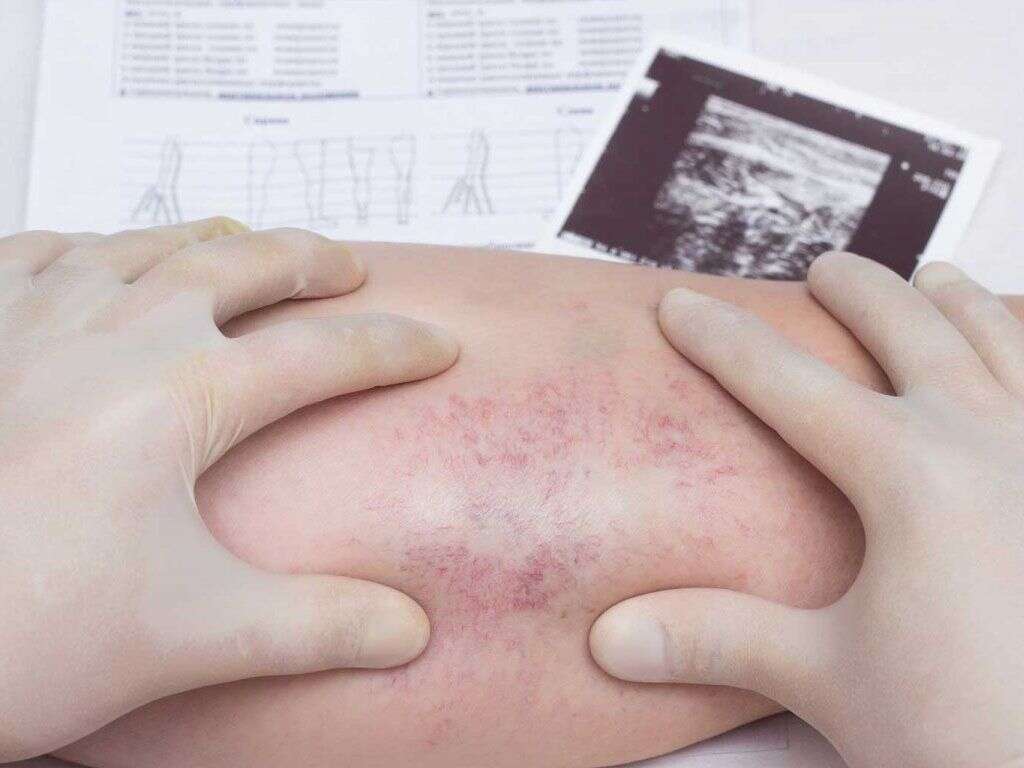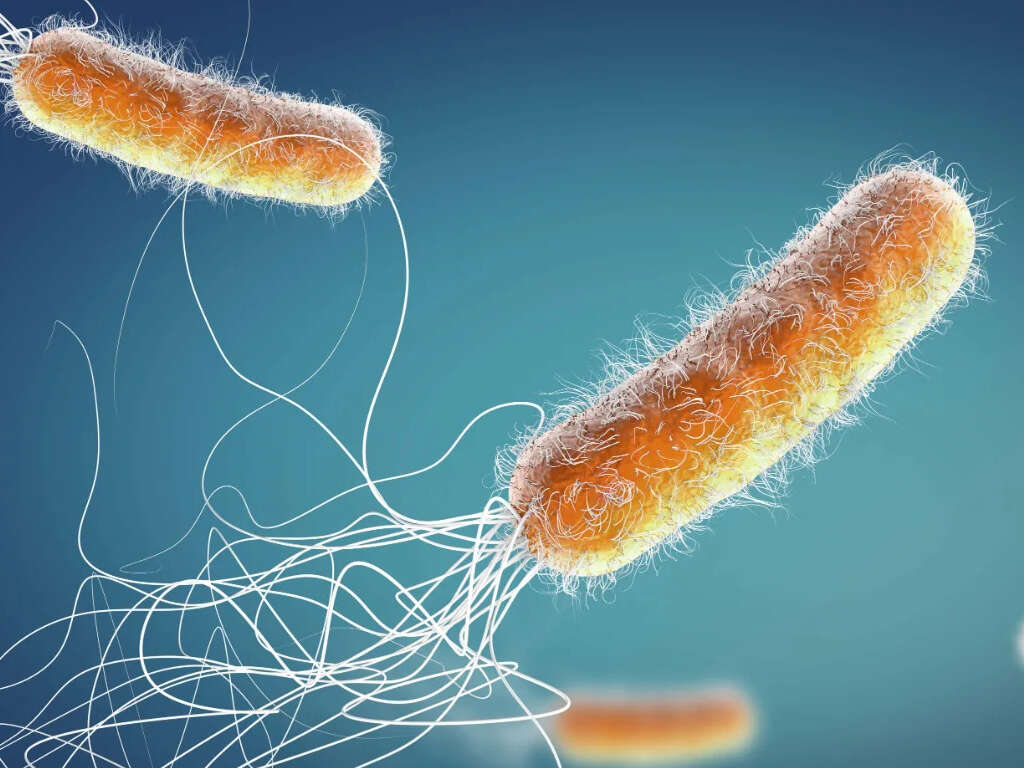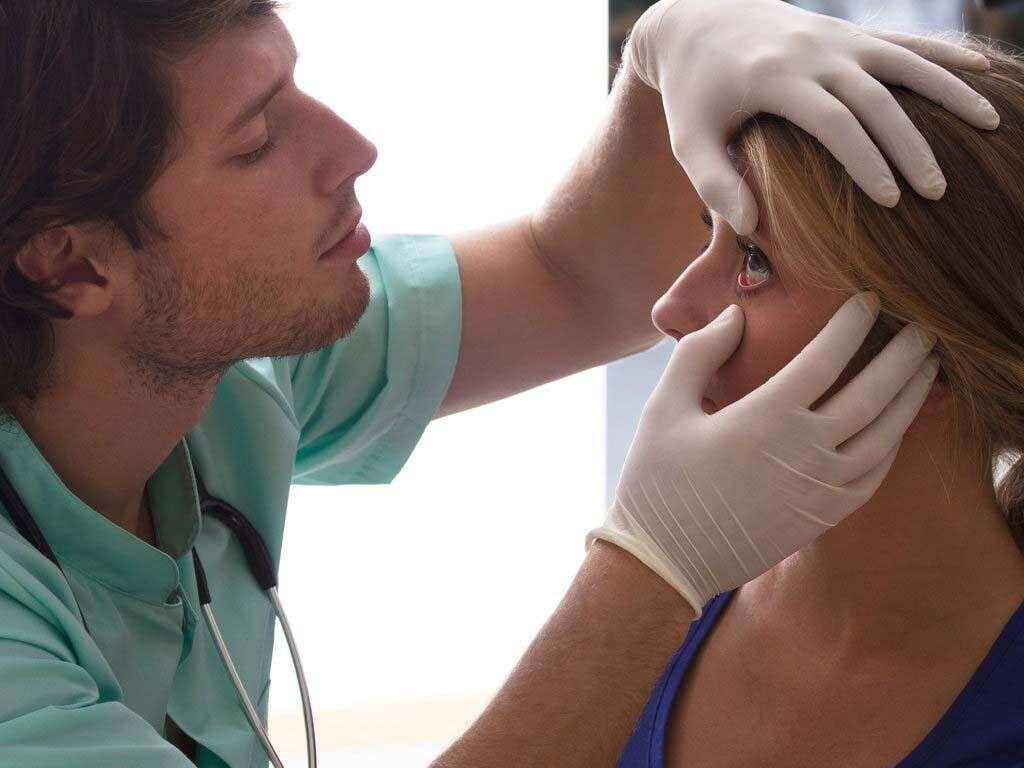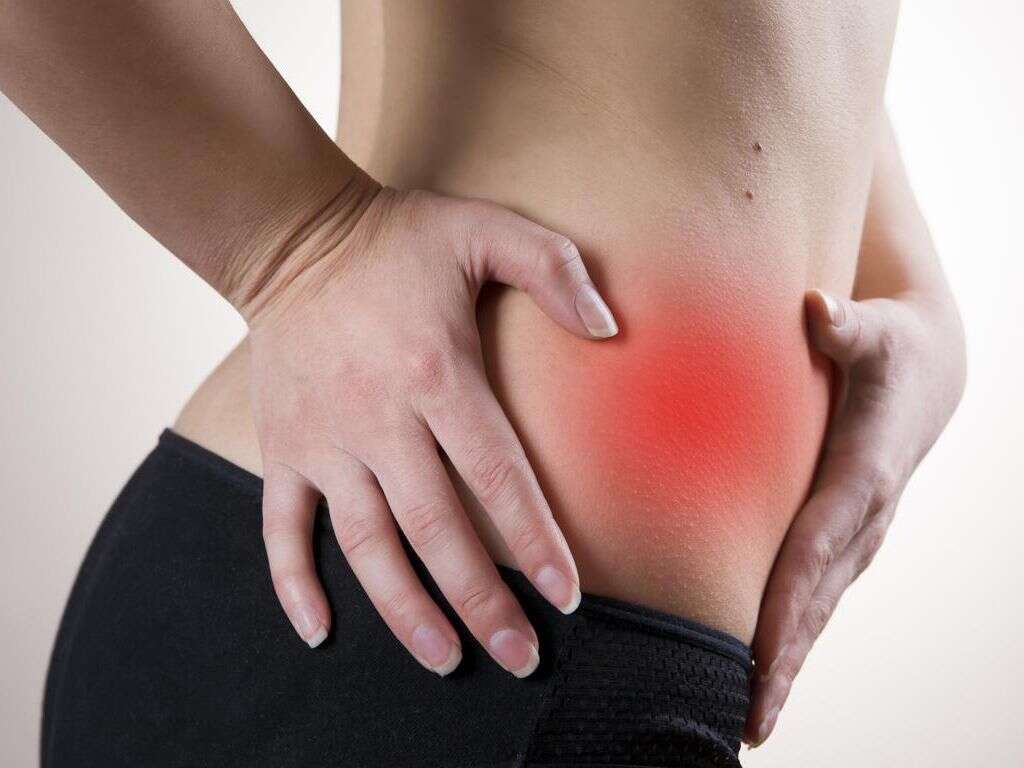Sialadenitis Definition, Causes and More
 Article Sources
Article Sources
- 1. 'Sialadenitis.' NORD (National Organization for Rare Disorders), rarediseases.org/rare-diseases/sialadenitis.
- 2. 'Sialadenitis.' Genetic and Rare Diseases Information Center, U.S. Department of Health and Human Services, 8 Nov. 2016, rarediseases.info.nih.gov/diseases/7638/sialadenitis.
- 3. Duong, Lucas T., et al. 'Management of Anterior Submandibular Sialolithiasis.' Journal of Oral Medicine and Oral Surgery, vol. 25, no. 2, 2019, p. 16., doi:10.1051/mbcb/2018039.
- 4. 'Sjogren Syndrome.' Genetic and Rare Diseases Information Center, U.S. Department of Health and Human Services, 2016, rarediseases.info.nih.gov/diseases/10252/sjogren-syndrome.
- 5. Dodds, Michael, et al. 'Saliva A Review of Its Role in Maintaining Oral Health and Preventing Dental Disease.' Nature News, Nature Publishing Group, 25 Sept. 2015, www.nature.com/articles/bdjteam2015123.
- 6. Wilson, Kevin F., et al. 'Salivary Gland Disorders.' American Family Physician, 1 June 2014, www.aafp.org/afp/2014/0601/p882.html.
Sialadenitis is a medical condition that causes the salivary glands to become tender and inflamed. It can be a chronic occurrence, and while there are various treatment options, these depend on the cause of the inflammation. Causes can be attributed to certain viruses and bacterial strains, as well as inhibited salivary flow due to sialolithiasis or the development of calculi in the gland.1‘Sialadenitis.’ NORD (National Organization for Rare Disorders), rarediseases.org/rare-diseases/sialadenitis.
Sialadenitis can affect people of any age but usually occurs in the elderly and those with weak immune systems. In most cases, the condition clears up on its own or goes away with a week or two of treatment.

1. Viral and Bacterial Causes
Viral causes of sialadenitis include a range of illnesses, such as HIV, mumps, herpes and multiple strains of influenza. Viral sialadenitis can be difficult to treat, as antibiotics are ineffective. It's usually chronic, causing inflammation and pain but no lasting damage.2‘Sialadenitis.’ Genetic and Rare Diseases Information Center, U.S. Department of Health and Human Services, 8 Nov. 2016, rarediseases.info.nih.gov/diseases/7638/sialadenitis.
Sialadenitis is usually caused by bacterial infections, such as staphylococcus aureus, which present themselves as acute cases with pain that is often severe. With treatment, most symptoms of bacterial sialadenitis can resolve within a matter of days, but swelling can remain for weeks afterward. If the condition remains untreated, bacterial infections can spread to other areas and cause a number of complications.

2. Salivary Causes
A dry mouth can increase an individual's risk for sialadenitis. Saliva plays a key role in oral hygiene. Although it's mostly made of water, it contains electrolytes and proteins that help prevent infections. When salivary flow is reduced, the mouth is much more susceptible to the types of bacterial and viral infections that can cause sialadenitis.5Dodds, Michael, et al. ‘Saliva A Review of Its Role in Maintaining Oral Health and Preventing Dental Disease.’ Nature News, Nature Publishing Group, 25 Sept. 2015, www.nature.com/articles/bdjteam2015123.
Stimulants, barbiturates, diuretics and allergy medications can all cause dry mouth. So can dehydration, smoking, alcohol consumption and cannabis use.

3. Internal Causes
Sialolithiasis occurs when calculi, which are little mineral lumps, form in the salivary glands. It is the cause in 50 percent of benign sialadenitis cases, as the stones can block salivary ducts, which inhibits flow. Treatment of sialolithiasis is surgical in nature, and the prognosis is good as long as the condition is caught early.3Duong, Lucas T., et al. ‘Management of Anterior Submandibular Sialolithiasis.’ Journal of Oral Medicine and Oral Surgery, vol. 25, no. 2, 2019, p. 16., doi:10.1051/mbcb/2018039.
Finally, a rarer cause of sialadenitis can be cancer, which may occur on the salivary gland itself or surrounding tissues. Usually painless, it feels like a hard, firm lump.

4. Symptoms of Acute and Chronic Sialadenitis
Acute suppurative inflammation, which usually comes on suddenly with severe pain along with swelling of the affected area and fever, is often the result of a bacterial infection. Suppurative refers to the production of pus, which is usually accompanied by rapid swelling, redness, pain and extreme tenderness.6Wilson, Kevin F., et al. ‘Salivary Gland Disorders.’ American Family Physician, 1 June 2014, www.aafp.org/afp/2014/0601/p882.html.
Chronic sialadenitis can occur for no apparent reason and last for weeks or months. The main symptom is swelling of the gland, which can occur alone with no other symptoms. Patients may experience some, little or no pain.
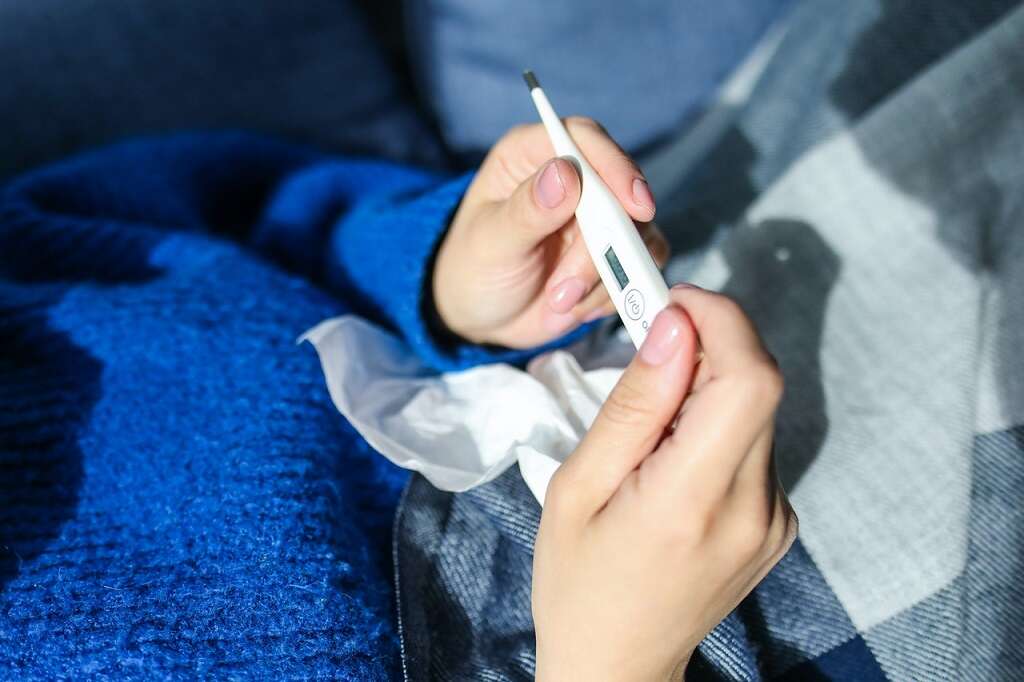
5. Symptoms of Recurring Sialadenitis
The final iteration of sialadenitis is recurrent, which can occur due to Sjogren syndrome, an autoimmune disorder that attacks the salivary gland and causes dry mouth. This can cause swelling, pain, constant irritation and tenderness in the area.4‘Sjogren Syndrome.’ Genetic and Rare Diseases Information Center, U.S. Department of Health and Human Services, 2016, rarediseases.info.nih.gov/diseases/10252/sjogren-syndrome.
Recurrent sialadenitis is commonly seen in children, although its cause is generally unknown. It can manifest as pain and swelling in the salivary glands, and it usually clears up on its own. Recurrent sialadenitis that doesn't go away requires a diagnosis.2‘Sialadenitis.’ Genetic and Rare Diseases Information Center, U.S. Department of Health and Human Services, 8 Nov. 2016, rarediseases.info.nih.gov/diseases/7638/sialadenitis.

6. Home Remedies
Home remedies are useful in recovery from sialadenitis. Plenty of hydrating fluids, honey, tea and lozenges are all useful remedies. Diuretics, including natural diuretics, such as coffee and green tea, should be avoided in the recovery process, as they can dry out the mouth, causing further irritation.2‘Sialadenitis.’ Genetic and Rare Diseases Information Center, U.S. Department of Health and Human Services, 8 Nov. 2016, rarediseases.info.nih.gov/diseases/7638/sialadenitis.
Warm compresses and soothing balms can also help with sialadenitis symptoms and can be applied several times to alleviate pain and swelling. Glandular massages can also help.6Wilson, Kevin F., et al. ‘Salivary Gland Disorders.’ American Family Physician, 1 June 2014, www.aafp.org/afp/2014/0601/p882.html.

7. Medication
Medications prescribed to treat sialadenitis include antiviral medications, antibiotics and pain medications. The antiviral medications used to treat the disease vary but can include antiretroviral therapy, used in the treatment of HIV. However, antiviral drugs are rarely prescribed because most cases of sialadenitis are caused by bacterial infections, not viruses.2‘Sialadenitis.’ Genetic and Rare Diseases Information Center, U.S. Department of Health and Human Services, 8 Nov. 2016, rarediseases.info.nih.gov/diseases/7638/sialadenitis.
Various types of antibiotics are utilized in treating sialadenitis, as several types of bacteria can cause the condition. Antibiotics will usually work very quickly, resolving most symptoms within a week.
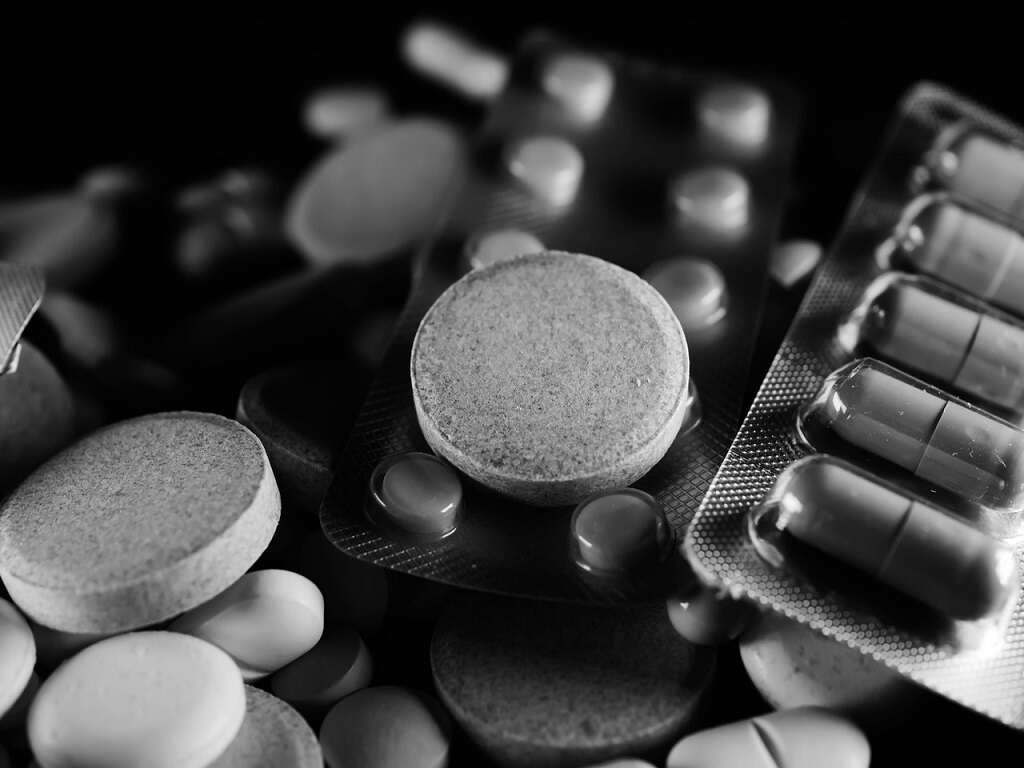
8. Surgery
In chronic or reoccurring cases of sialadenitis, surgery might be necessary to alleviate swelling that proves hard to treat. Surgery involves partial or total removal of the affected gland.2‘Sialadenitis.’ Genetic and Rare Diseases Information Center, U.S. Department of Health and Human Services, 8 Nov. 2016, rarediseases.info.nih.gov/diseases/7638/sialadenitis.
Surgery may also be a necessity for cancerous growths or in the case of sialolithiasis. While the removal of stones is usually very successful, they can return and may require repeat operations. Benign tumors on the glands may also require removal if their growth presents problems.

9. Prognosis
The prognosis for infectious sialadenitis caused by bacteria is quite good, and it can often be resolved in less than a week with proper treatment. However, chronic cases have a number of causes, and while most of them can be easily resolved or treated, some are more serious.
Some of these causes, including cancer, carry a distinct risk of becoming terminal. Early diagnosis and treatment are key to resolving sialadenitis.6Wilson, Kevin F., et al. ‘Salivary Gland Disorders.’ American Family Physician, 1 June 2014, www.aafp.org/afp/2014/0601/p882.html.

10. Complications
Complications are rare, but an abscess can form due to the presence of a bacterial infection or as a result of the immune system attacking the glands. There are generally no complications for recurring cases, especially those that occur during childhood.2‘Sialadenitis.’ Genetic and Rare Diseases Information Center, U.S. Department of Health and Human Services, 8 Nov. 2016, rarediseases.info.nih.gov/diseases/7638/sialadenitis.
Salivary gland tumors are usually non cancerous. If the tumors are malignant, it can involve metastasis, spreading of the growth, pain in the jaw and visible lumps under the skin, alongside redness and inflammation around the neck and jaw.6Wilson, Kevin F., et al. ‘Salivary Gland Disorders.’ American Family Physician, 1 June 2014, www.aafp.org/afp/2014/0601/p882.html.



